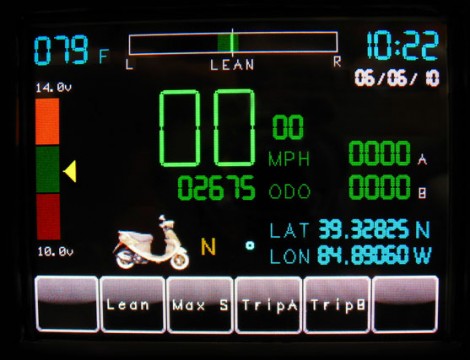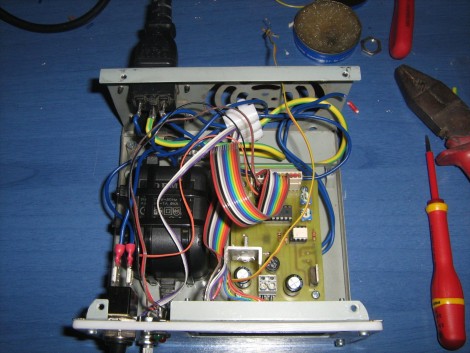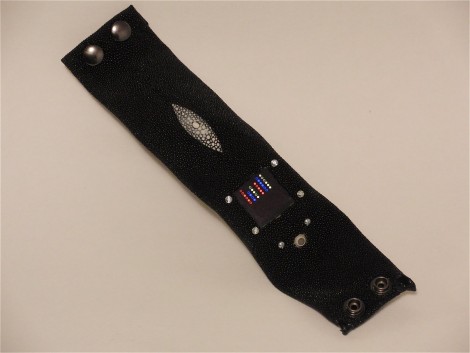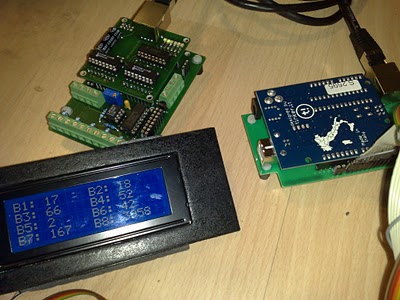
[Kurt’s] scooter computer started off as a way to use a couple of LEDs to show the battery charge on his hog. It was based on a Arduino and used a voltage divider to judge how much juice was left. But then he ran across a touch-screen OLED shield for the Arduino and the project started to take off. Now he’s got battery, temperature, real-time clock, and GPS running through the slick-looking display. It may not be a full-blown motorcycle but it gives the computer interfaces we’ve seen for other bikes a run for their money.
[Thanks Mowcius]















